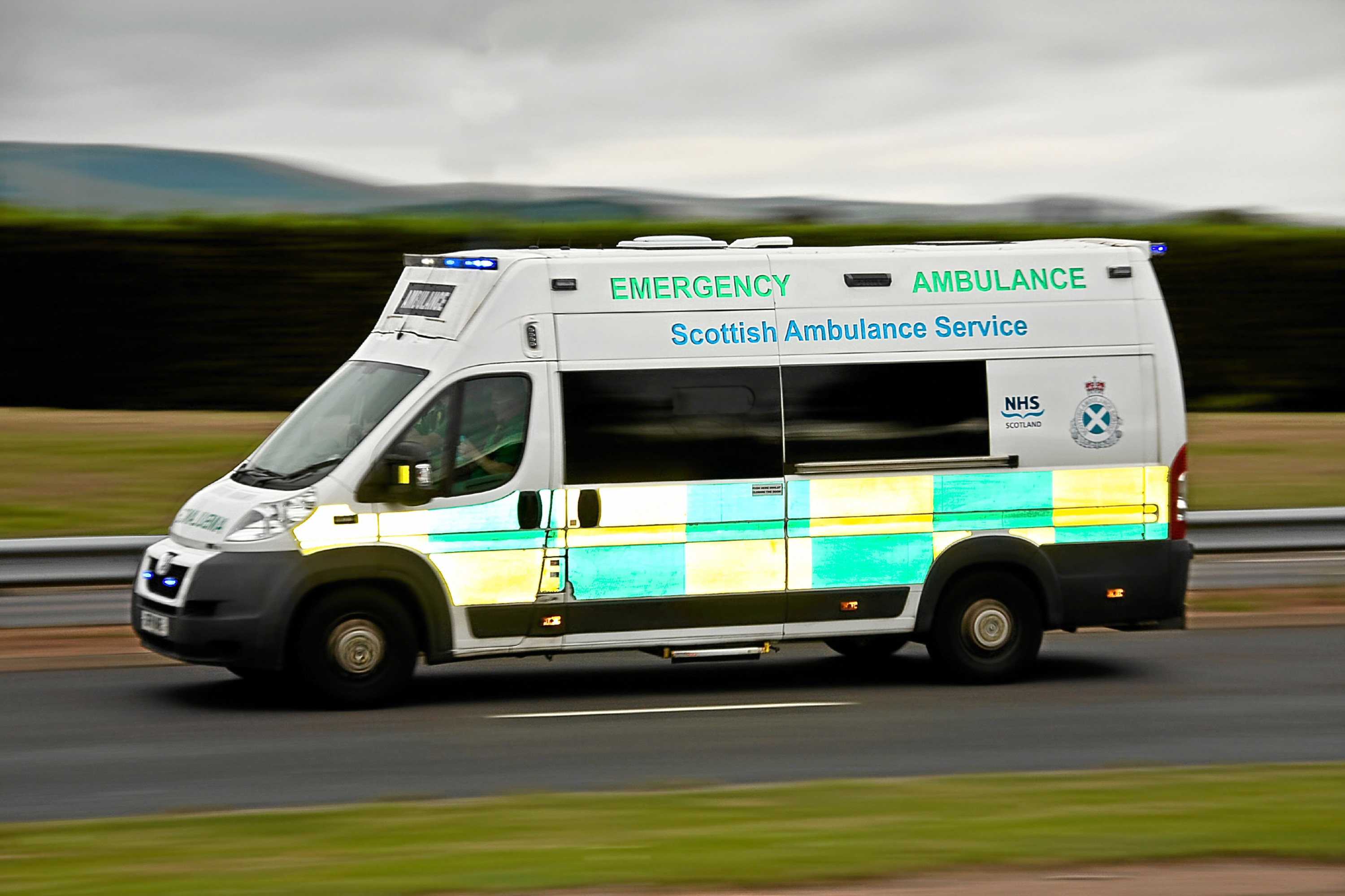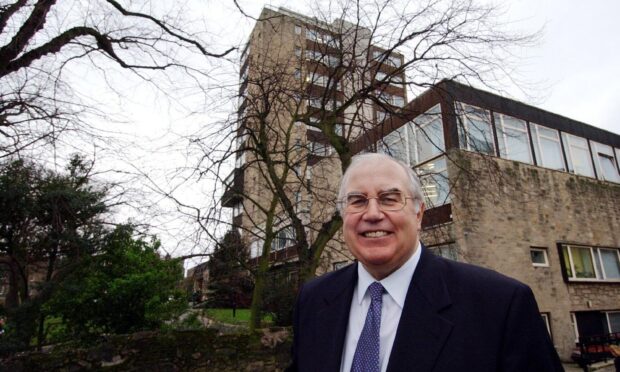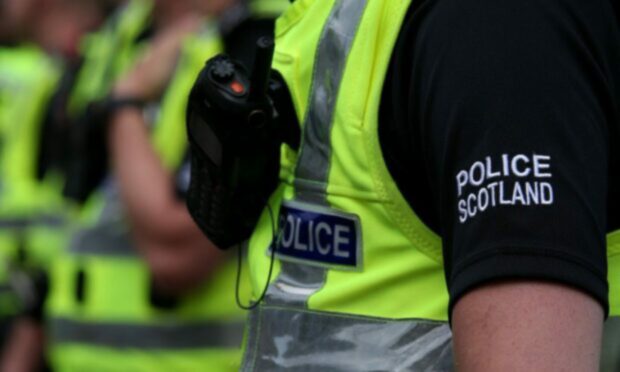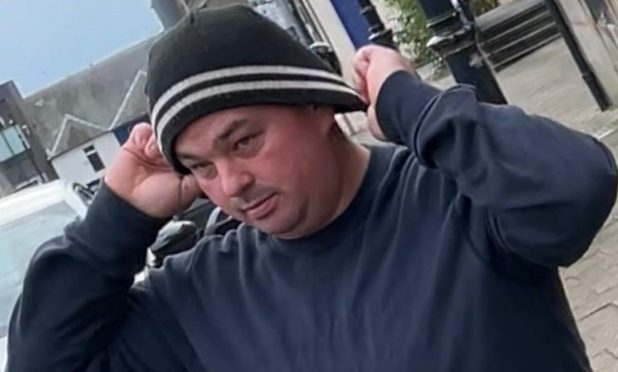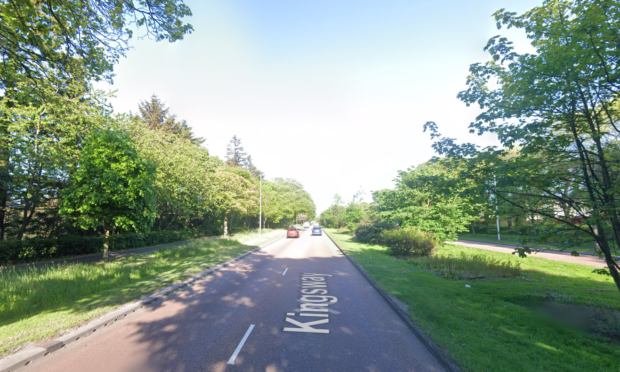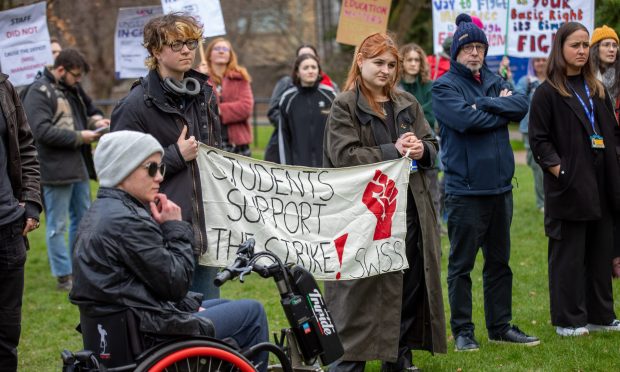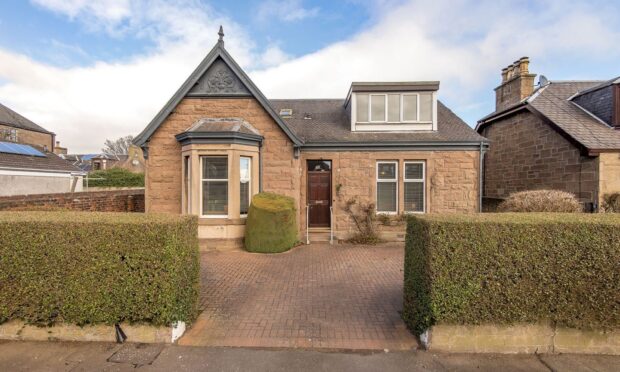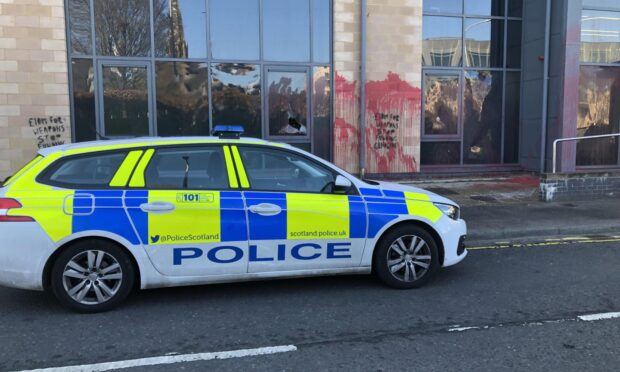Ambulances in Tayside took over an hour to respond to potentially immediately life-threatening emergencies last year, new figures show.
Classified as category A, the service has a target to respond to 75% of these types of calls within eight minutes.
In two instances, in August and November 2015, the Scottish Ambulance Service took over an hour to arrive on scene.
The August call, the longest response in 2015/16, totalled one hour and 12 minutes, nine times longer than the target.
In this instance, the reason for the delay was that no emergency crews were available due to a surge in demand.
In the other incident in November, the location was so remote that it resulted in a response time of 61 minutes.
In three other separate logs, ambulances took around 50 minutes to arrive to emergency calls due to a lack of local resources.
In a statement, Kenneth Freeburn, head of service at the Scottish Ambulance Service in Tayside, said: “Occasions do present where we are unable to get to the patient within the target response time due to either the remote, rural nature of the incident or a surge in demand for our service.
“With each situation, we considered every alternative to provide the right resource the first time for patients, either land vehicle, air ambulance or helicopter; but it is not always possible to dispatch these due to visibility, bad weather or availability.”
The Scottish Ambulance Service recently conducted a year long review of clinical call data, the largest of its type in the UK.
The analysis found that 103,708 calls that were classed as needing an eight-minute response time were later found to be unnecessary, while 4,040 were allocated an eight-minute response time not previously in place.
This resulted in the implementation of a new trial system, which will see those with immediately life-threatening conditions, such as cardiac arrest, or those who have been involved in serious road traffic incidents, prioritised above all.
Mr Freeburn added: “Under the new clinical response model, we will send an urgent tier vehicle to immediately life threatening calls as a first response if it is the nearest resource and we will also send another vehicle as back up”.
He added that the change aims to save more lives and improve the quality of care for patients.
